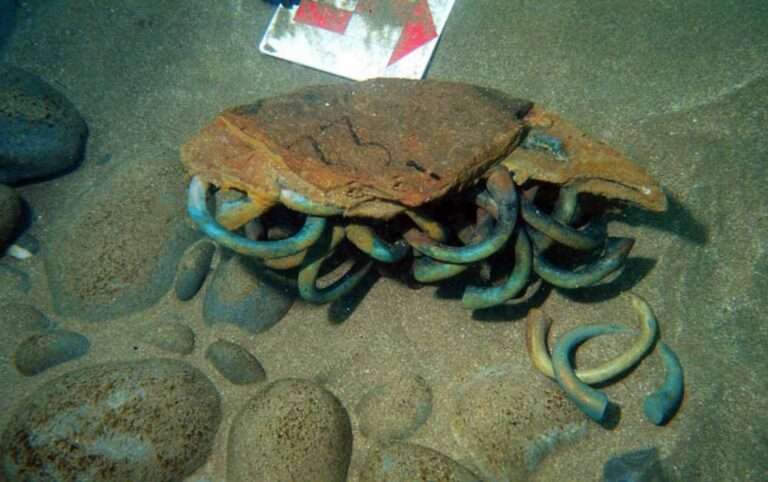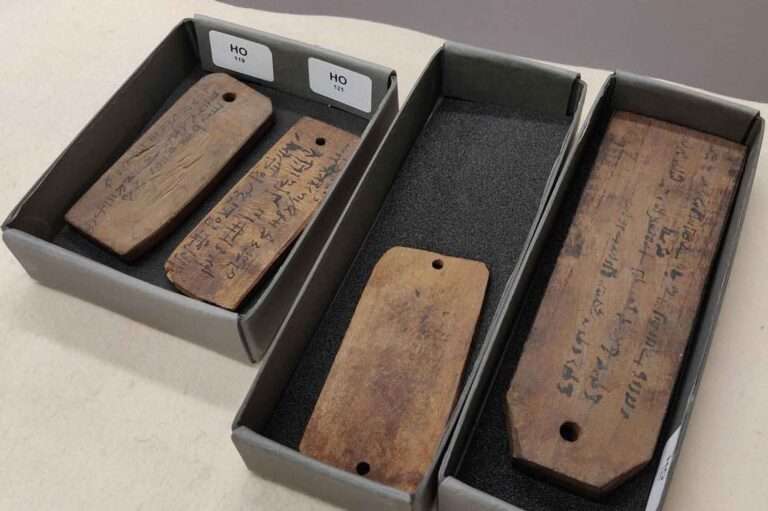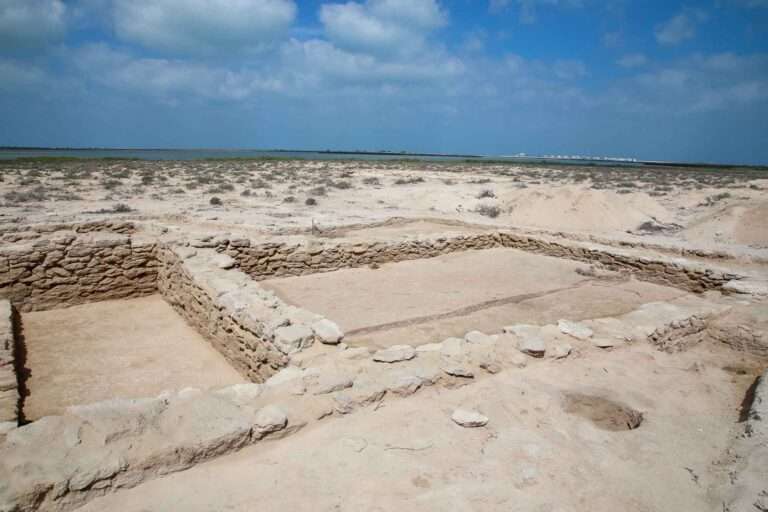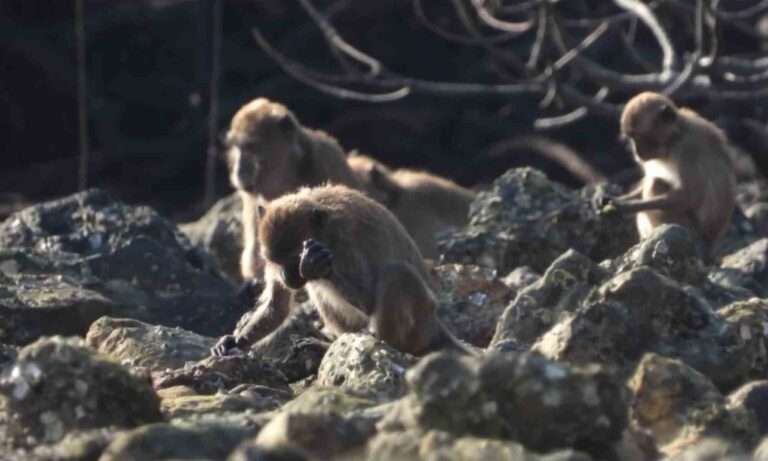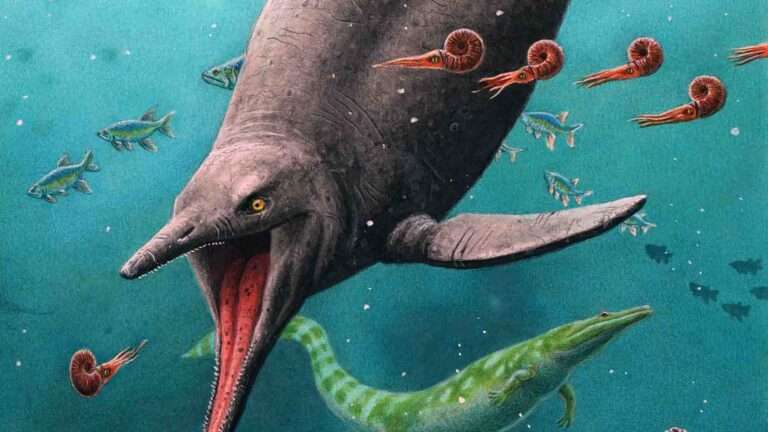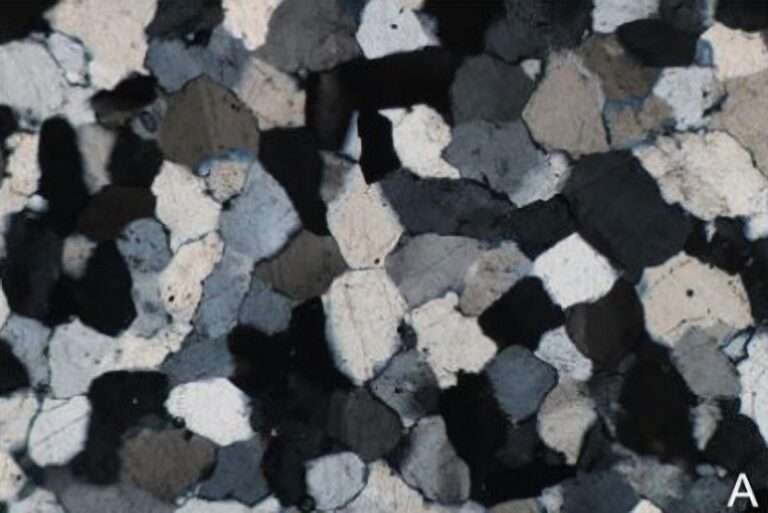Now Scientists Say African Grasslands Are 10 Million Years Older
African savannahs which cover more than a third of the Earth's surface emerged 10 million years earlier than scientists once thought, a new study has revealed. Soil studies and anaylising…


